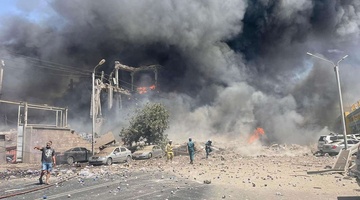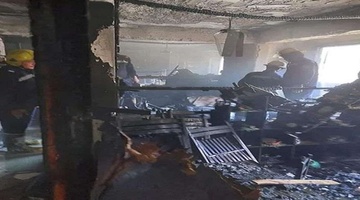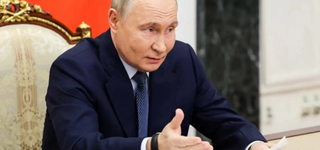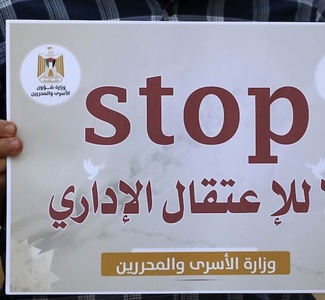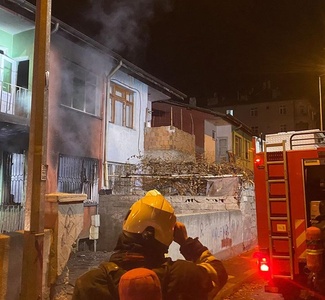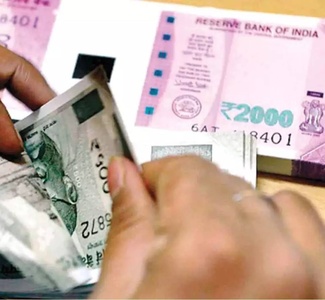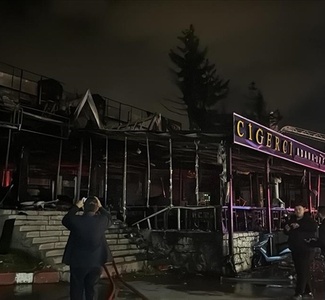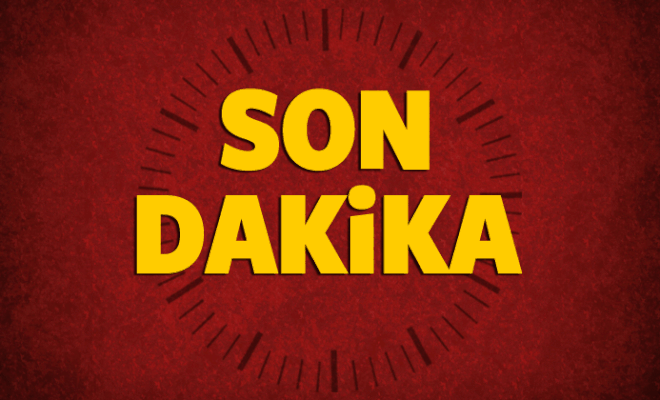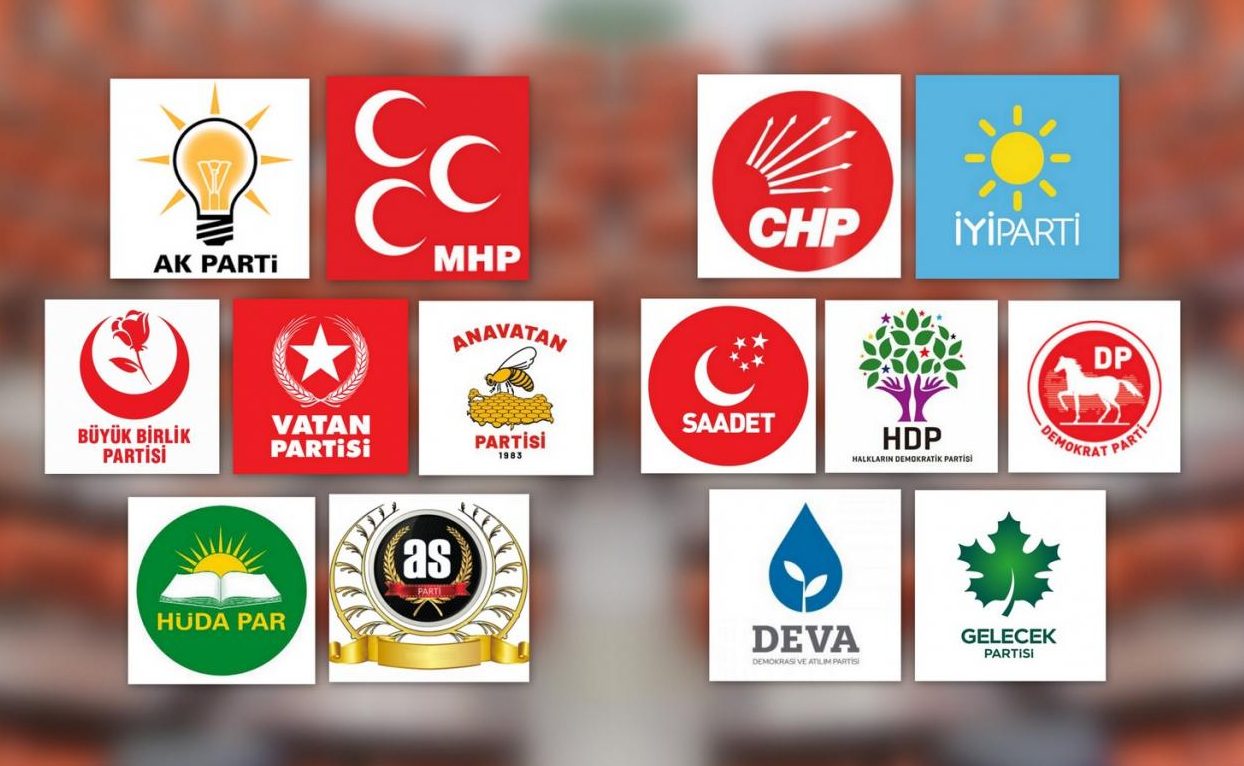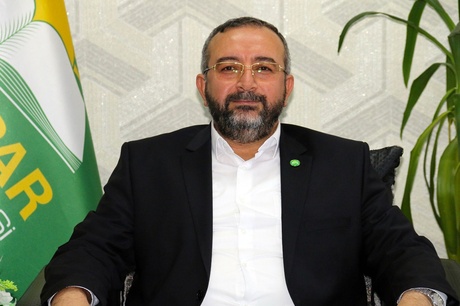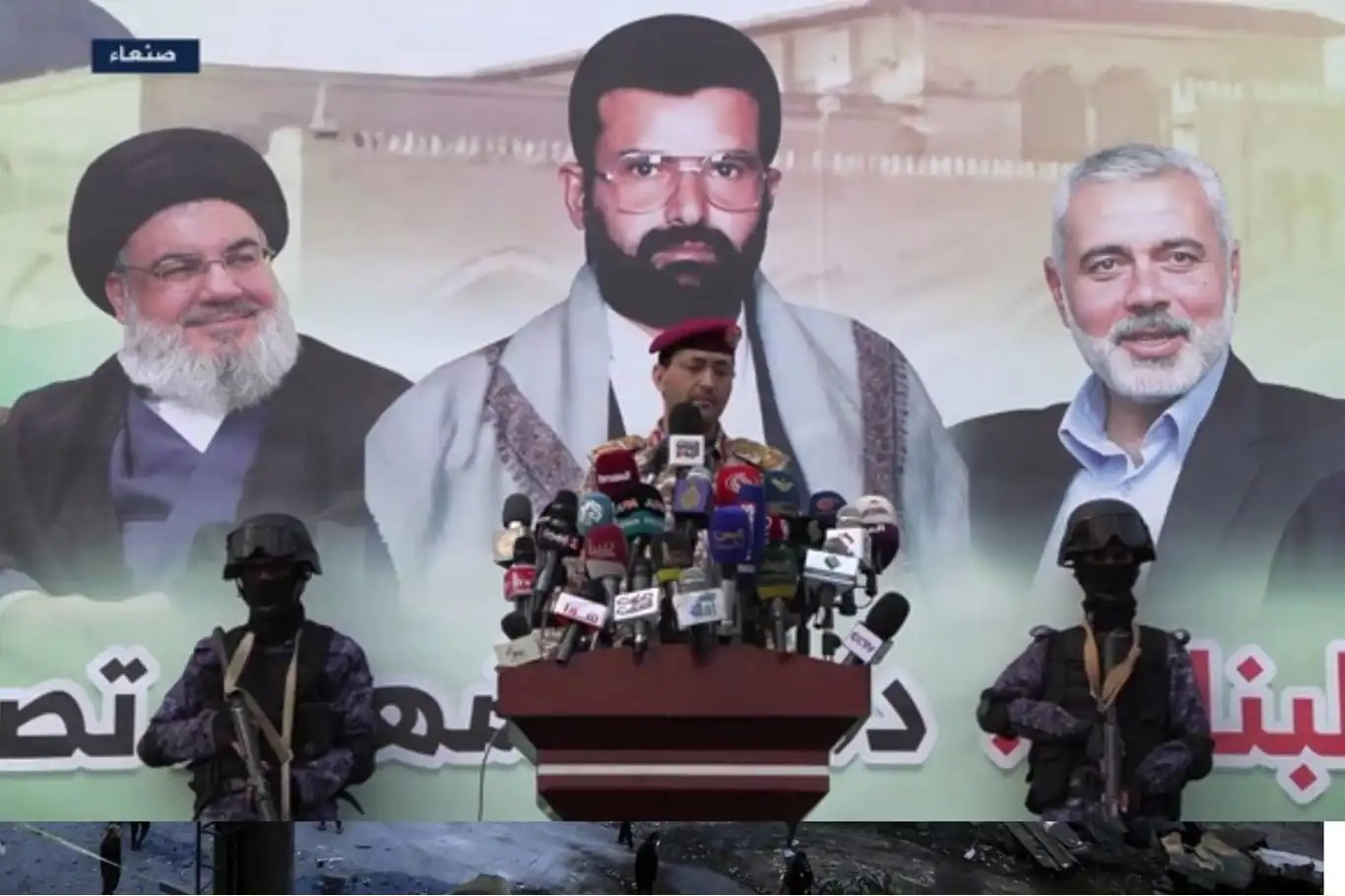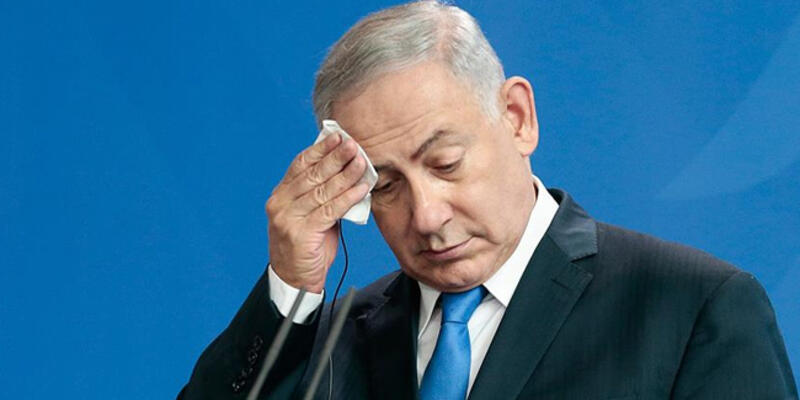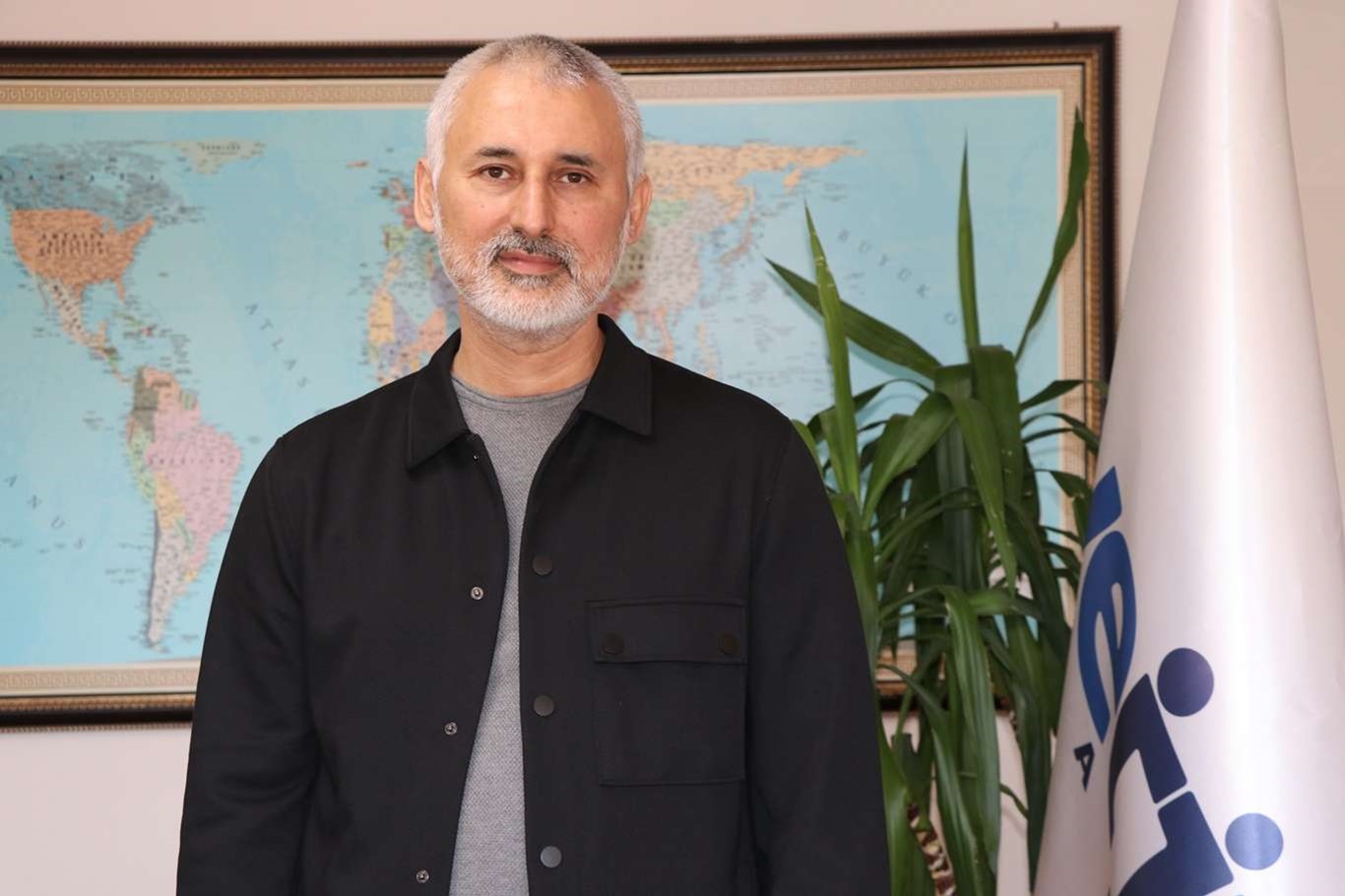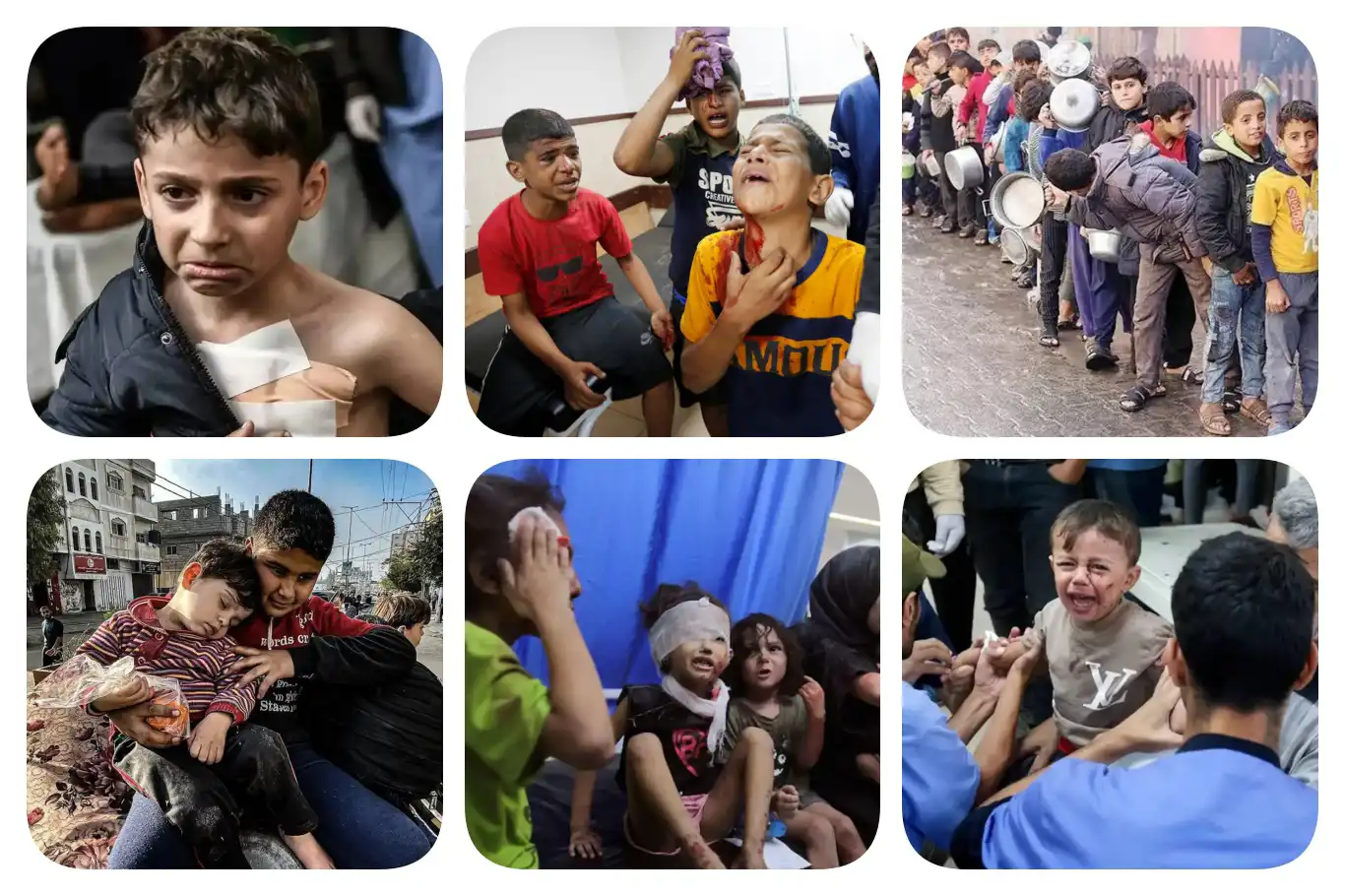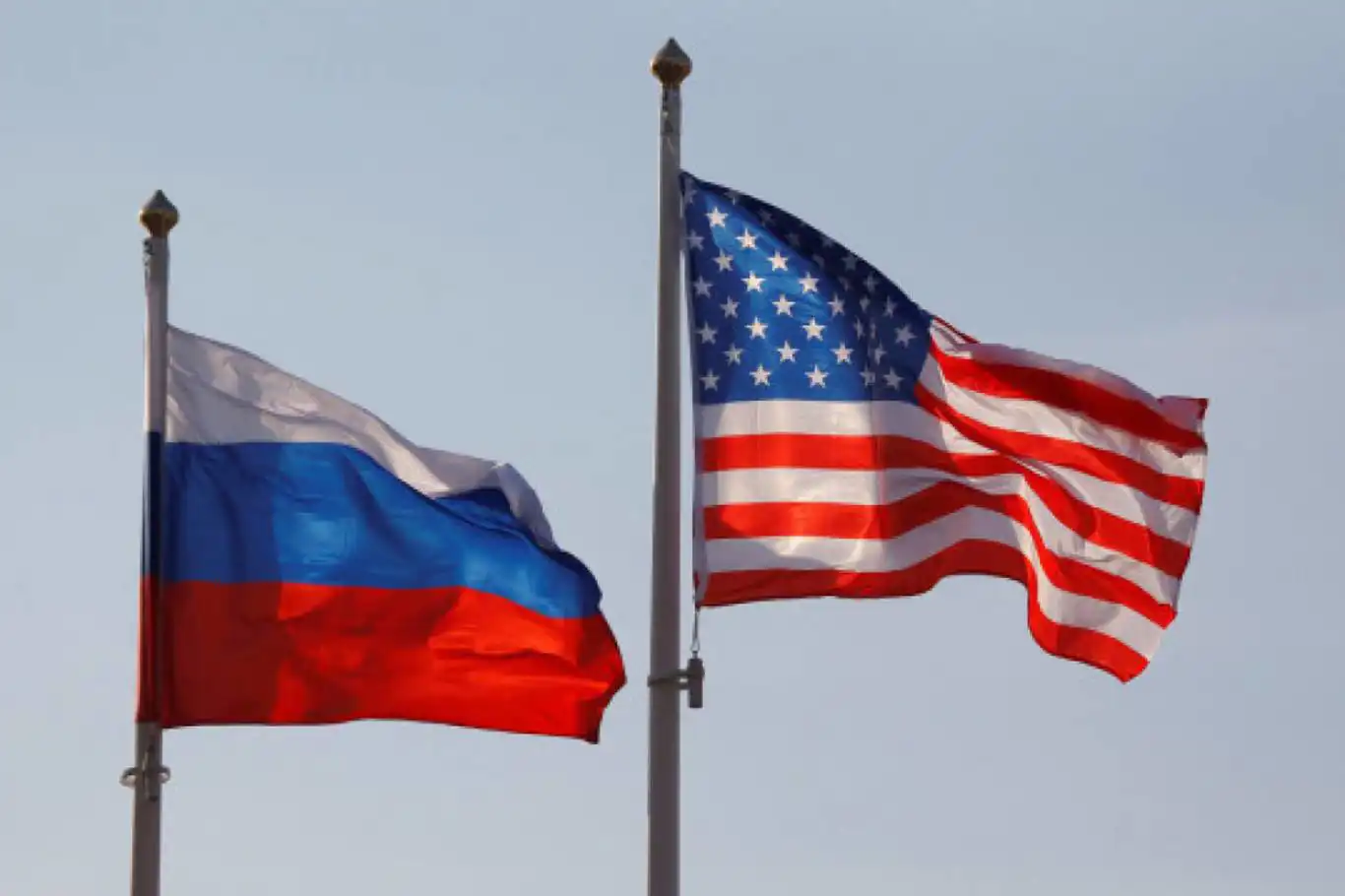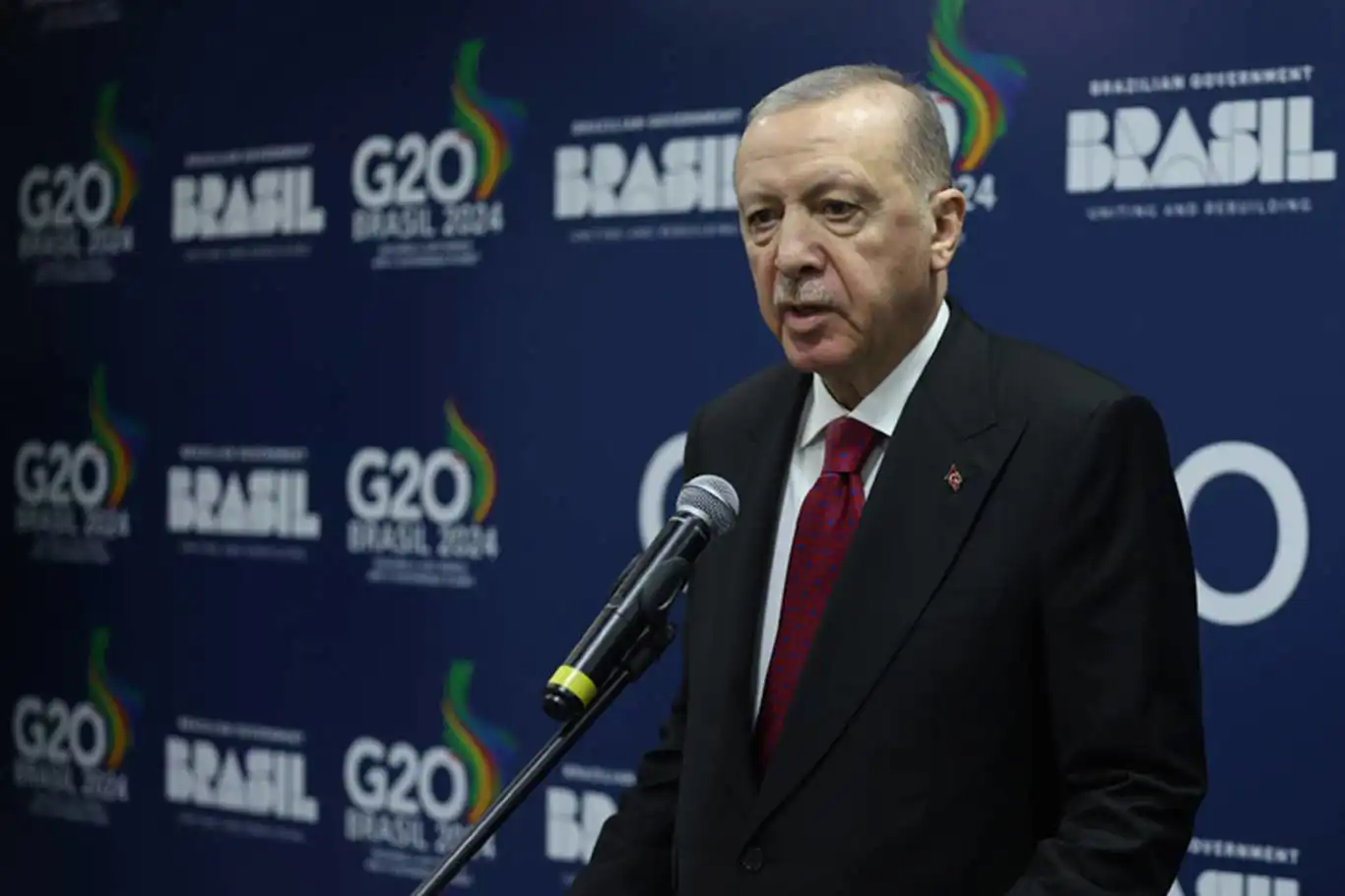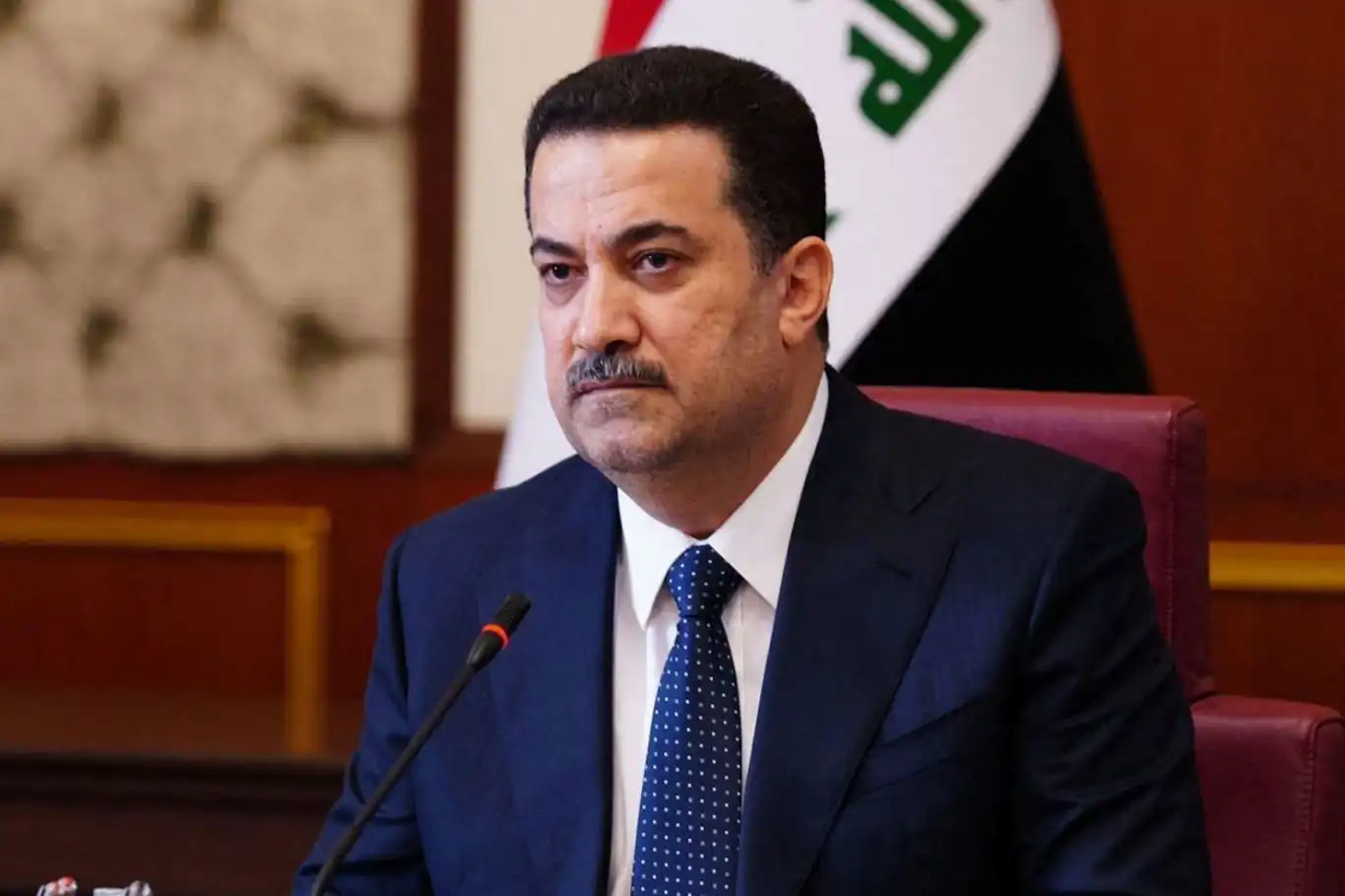Nine years have passes since Rabaa Massacre in Egyptian capital
There is no political stability, social peace, and security in the country on the 8th anniversary of the Rabaa massacre, which was carried out by the army and police under the command of General Sisi in Egypt on 14 August 2013.
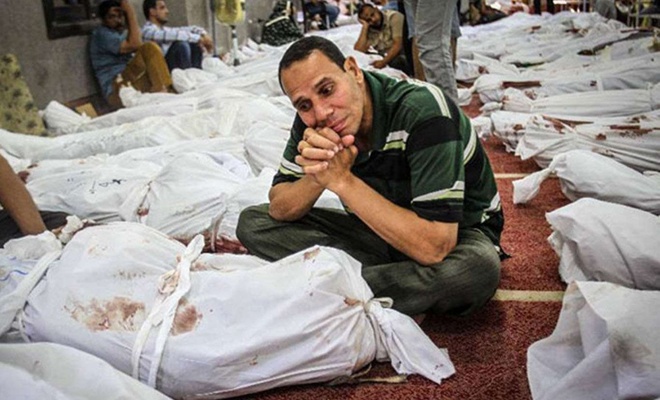
 Google News'te Doğruhaber'e abone olun.
Google News'te Doğruhaber'e abone olun. The Arab world began to be awash with a broad social movement that expressed the demands for freedom more than 10 years ago while this atmosphere of the revolution was called the Arab Spring.
The Arab Spring began on December 17, 2010, when a peddler in Tunisia burned himself to death after a female officer slapped him. Tunisian people saw the peddler burning himself as the last straw.
Later, the peoples of Egypt, Libya, Yemen, and Syria also participated in the process, which was triggered in Tunisia.
In fact, Egypt was the most important cornerstone of this process, which was spread by the domino effect. Its historical, geographical, and cultural location, as well as Egypt's participation in this process, with its population approaching 100 million, made Cairo the capital of the Arab Spring process.
British left the tutorship military mindset in Egypt
Egypt was one of the major pieces of land in the Ottoman Empire and was occupied by Britain in 1882. Although Egypt was granted autonomy in 1922, security continued to be provided by British troops in the country.
The British were not in favor of withdrawing from their positions, which were important to their future. Therefore, they formed military mechanisms to control Egypt indirectly after the invasion.
They left behind a military order of tutorship. The first prominent figure of this order was Jamal Abdel Nasser. With a military mindset, Nasser embarked on governing Egypt and exerted intense pressure on Islamic segments.
Then Anwar Sadat took over the administration and signed many unacceptable agreements with the zionists. After Sadat was assassinated, Hosni Mubarak, who would rule Egypt for 30 years with a heavy dictatorship, went into administration.
Egyptians exposed great suffer socially, economically, and politically during the Mubarak era
Egyptians and the country suffered from major problems during Hosni Mubarak's 30-year rule of the dictatorship. The public situation was pretty bad. There had been great suffering socially, economically, and politically.
The Egyptian dungeons were filled with the youth of the Islamic section. Islamic formations, which have been fighting since the first day, began to focus their efforts against Mubarak's regime in 2004 because of the atmosphere in question. This continued until the revolution in 2011.
The army concealed its true intent
When demonstrations began on January 25, 2011, the army did not act as the police force. The army did not intervene publicly despite Mubarak's orders.
But the army had implemented a strategy that disguised its true intent in the process of elections and later, as understood in the 2013 coup, to pass power entirely to it from Mubarak and his family.
Mohamed Morsi received 51.73 percent of the total vote
The interim government was formed in Egypt after Hosni Mubarak leaves office. Elections for the people's Assembly were held on 28 November 2011. The Freedom and Justice Party, the political wing of the Muslim Brotherhood, received 47 percent of the vote in the election.
In the 508-seat Egyptian People's Assembly, the Muslim Brotherhood won 235 MPs.
Mohamed Morsi, a candidate of the Freedom and Justice Party, the political wing of the Muslim Brotherhood, won the election in the Egyptian presidential election held on 16-17 June 2012 with 51.73 percent of the total vote. Thus, Morsi, who took office on June 30, 2012, became Egypt's fifth and first elected president.
The success of Islamic parties has discomforted domestic and international focuses
Despite all the division and attrition policies of the army and foreign powers, the Islamic parties have achieved great success in the elections. As a result of the successes of the Islamic parties, domestic and international foci took action.
The army was drawn into the background for a time when it saw the people being in one heart and one power. However, it secretly made attempts to cause divisions by triggering each formation's own desires.
For example, a struggle began between Islamic organizations, which were in alliance during the revolutionary process. A situation had emerged that every sheikh or scholar formed a political party in Egypt.
Some groups, especially those that were not allowed to be partitioned during the Mubarak era, were allowed to form a party to block Ikhwan al-Muslimeen, and even encouraged to do so.
Several artificial crises were produced, with the advantage of the military's possession of economic resources. Some games were loomed in the Sinai region, laying the groundwork for military intervention.
Hard times for Morsi
Hard times awaited Morsi. Protests were carried out against him, as well as his reform and innovations were blocked by the judicial.
Morsi decided Supreme Military Council chief Tantawi be retired.
A two-stage constitutional referendum was held on 1 December 2012. The referendum was passed with a "yes" vote of 57 percent in the first part and 64 percent in the second part.
With these results, Tahrir Square was filled with secular and socialist protesters.
On July 1, 2013, as controversy and protests in the country escalated, the Egyptian military gave Morsi a 48-hour deadline to resolve the events. At the end of the 48-hour period, it was announced that President Mohamed Morsi had been removed from office.
Mohamed Morsi was deprived of every support
President Mohamed Morsi, although he received 52 percent of the vote in the election, could only stay in office for one year. During his time in office, he was deprived of almost every support, mainly economic and political.
In the months before his removal from office on 3 July, opposing campaigns against him began in numerous areas such as public institutions and organizations, the judiciary, and the media.
He was removed from power after not having enough elements to support him in the army and in the police.
President Morsi says he does not accept the decision
President Morsi said he accepted no charges and no decisions are taken, and that he would stand behind what he said and did until the end.
The people of Egypt, who would perhaps lose all hope and freedom, began a great resistance in Rabaa square.
With the start of the protests, the Egyptian army went on a counterattack. They first responded with gunfire on the protesters who held a sit-in in front of the Cairo Republican Guard building on July 8, causing the massacre of more than 50 people.
Then on 17 July, 80 people died in the anti-coup attacks outside Rabaa mosque.
There was carnage in Rabaa Square
The Egyptian army issued a note to the public as protests continued on 11 August, calling for all squares to be evacuated. However, people continued to resist the coup.
The Egyptian army began attacking the people again on 14 August. The protesters' tents, the areas where they live, the mobile hospitals they use were set on fire.
The putschist soldiers who declared a state of emergency first crushed and then burned the bodies of the people they slaughtered to destroy them.
The putschist soldiers burned down the Rabaa Mosque, which the opposition used to take refuge. Then 700 protesters, including children and women, were held captive for a day at the Fetih Mosque in Cairo. Thousands of people were reportedly died in this resistance, although the exact number is unknown. (ILKHA)




























